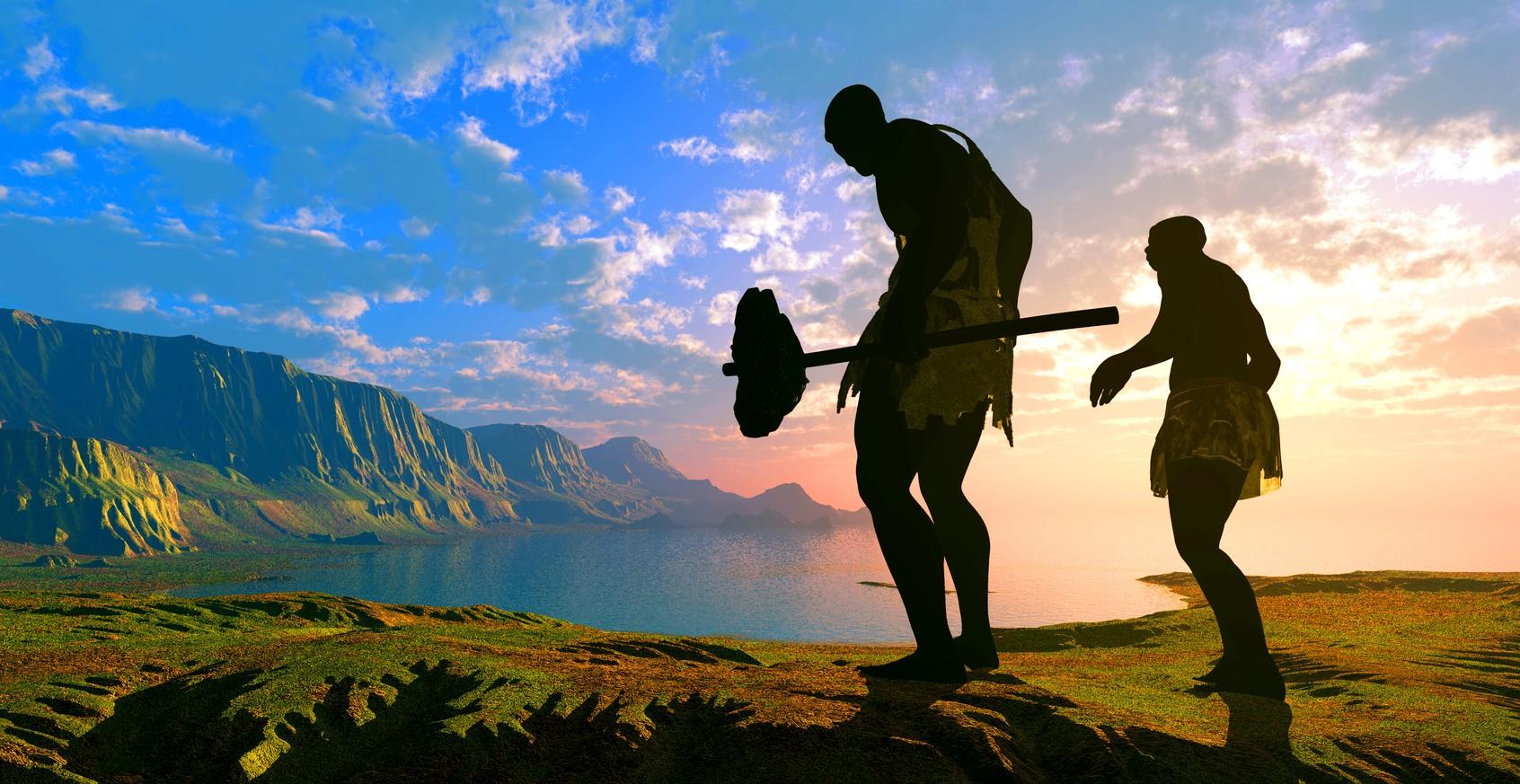In 80 years, the world's population will be 11.2 billion, and one tenth of mammals will be extinct

Today, human beings are in the Quaternary glacial period, which began 2.6 million years ago. During this glacial period, the earth experienced several cold and warm changes. Because of its close relationship with human evolution, the Quaternary glacial period is also known as the Anthropocene period. Especially the interglacial period, which started 11000 years ago, gave birth to the most important thing for human beings in the past 10000 years agriculture. Human beings not only domesticated crops, but also completely changed our diet, but also domesticated ourselves and liberated ourselves from the pressure of natural selection.
At the same time, many prehistoric behemoths, such as mammoths, Saber Toothed tigers, cave bears, etc., have fallen down. On the one hand, their extinction is related to climate change, on the other hand, it is also due to the role of human beings. It can be said that since then, the growth of population corresponds to the decline in the number of mammals, and even the extinction of species.
Let's first look at a set of data. About 1 million years ago, the world population was about 500000, including our ancestors, Neanderthals and Homo erectus. By 12000 years ago, the world's population might have reached 6 million. By 1 ad, the world's population had exceeded 200 million, increasing by 30 to 40 times. Today, the United Nations population statistics show that by 2100, the world population will reach about 11.2 billion
But correspondingly, the situation of animals is not optimistic. According to the statistics and conjectures of researchers from the University of Gothenburg, a total of 351 species of mammals have been extinct since the beginning of the late Pleistocene (126000 years ago), and 558 species of mammals alone will be extinct by 2100. The decline in the number of species is only an intuitive manifestation. What's more, due to the irreversible destruction of habitats of many species and the reduction of species population size, many mammals living in Africa, America and Eurasia will face survival crisis.
For example, in New Guinea and Australia, there once lived a mammal called kangaroo. When humans arrived in Australia, the kangaroo's living range gradually became smaller. By the end of the 19th century, Europeans set foot on the land of Australia, hunting, parasites and food shortage, which reduced the habitat and number of kangaroos again until they disappeared. Finally, Tasmania was the only one They can be seen on the. In 1936, the last kangaroo died in the zoo, and it was only in the photos and the list of extinct species.
Another example is the Sumatran rhinoceros in Malaysia, which was declared extinct last year. According to IUCN, there are less than 80 wild Sumatran rhinos living in the forests of Indonesia's Sumatra and Borneo islands. The number and size of the population have left them at a dead end. Malaysia's last two Sumatran rhinos died in May and November 2019, respectively, indicating the plight of the species.
Another previous statistics from the World Wide Fund for wildlife (WWF) showed that in the 44 years from 1970 to 2014, the number of animal populations around the world decreased by nearly 3 / 5, and the current rate of species extinction has reached 1000 times that before human beings spread all over the world.
Data can remind people to face up to the seriousness of the problem and realize the negative impact of human being's spreading all over the earth. We don't want to see the prediction come true, nor do we want more and more animals to only exist in the image records. 2100 is not far away. I hope that what we see in 80 years will not be a tragedy.